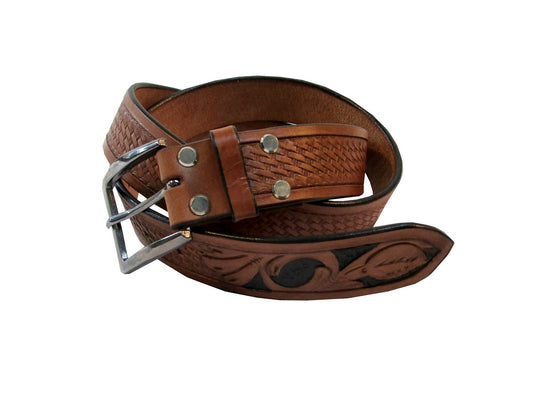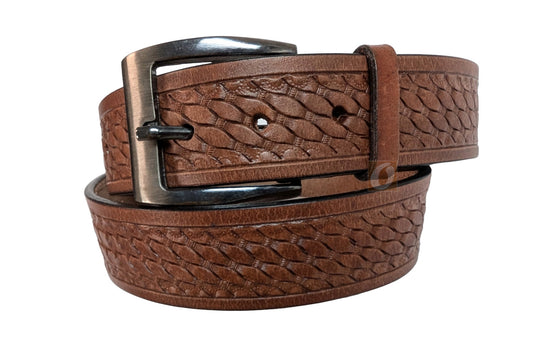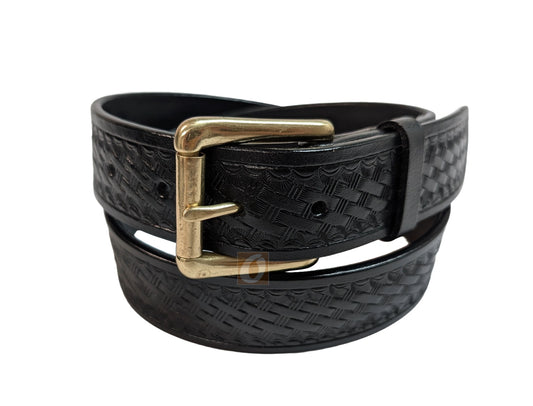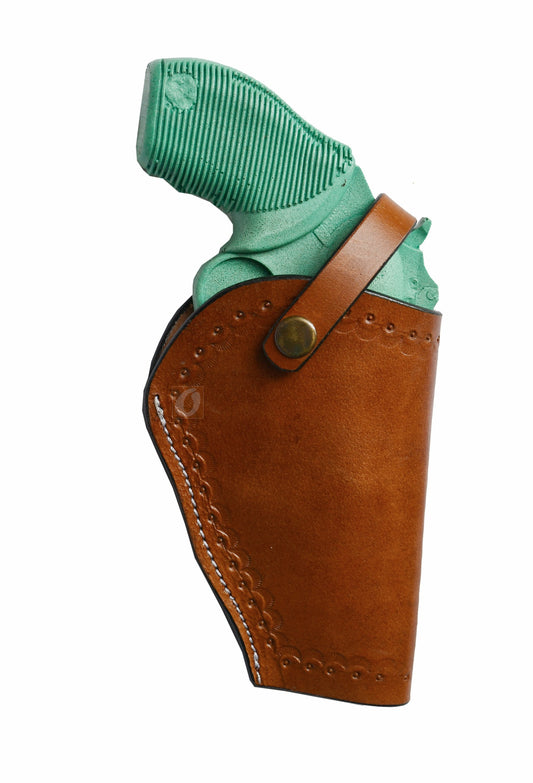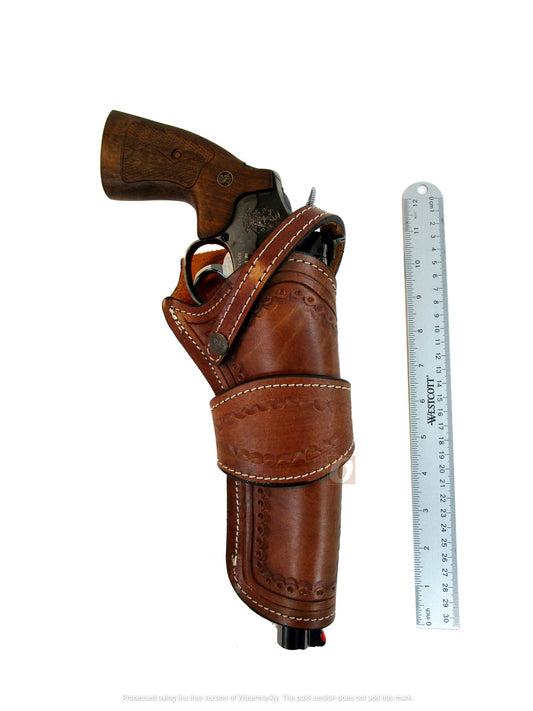How Humidity and Sweat Affect Leather Holsters and How to Protect Them
Why Moisture Is the Hidden Enemy of Leather Holsters
Leather is skin — and like any natural material, it absorbs moisture. Sweat, summer humidity, and body heat all push moisture into the holster, where it slowly weakens the fibers, changes retention, and darkens the leather surface over time.
What Sweat Actually Does to Leather (and Your Firearm)
Sweat isn’t just water. It contains salt, oils, and acids. When that mix gets trapped between your body and the holster:
1. Salt dries out the leather
Salt pulls natural oils out of the leather, making it stiff, flaky, or warped.
2. Acids break down the finish
The protective topcoat wears off faster, causing color rub-off and soft spots.
3. Moisture sits against the gun
This is where real damage happens — sweat can cause rust on slides, screws, and even magazine releases if the holster stays damp for hours.
How Humidity Breaks Down Leather Over Time
Even if you don’t sweat much, high humidity does the same slow damage. Leather stored in a damp car, basement, or closet will start to:
- Lose its firm shape and retention
- Feel spongy or overly soft near the mouth
- Grow surface mold or mildew if ignored long enough
Signs Your Holster Is Already Suffering Moisture Damage
- Dark, permanently “wet-looking” patches on the leather
- Slide rub-marks or corrosion transfer on the gun
- Holster feels looser than it did when new
- Edges curl or flare outward instead of holding shape
- Holster squeaks or feels tacky from lost oils
How to Prevent Sweat and Humidity Damage (Daily Carry Fixes)
Let the holster breathe
Never toss a damp holster into a drawer, glove box, or range bag. Air-dry it at room temperature — never with a heater, hair dryer, or sunlight.
Rotate holsters in summer
If you carry every day, give the leather 24 hours to rest and dry. One to wear, one to dry is the safest long-term setup.
Wear with a quality belt
A stiff leather gun belt keeps the holster away from the body, reducing sweat contact and keeping draw angle consistent.
Long-Term Care Routine That Adds Years to Leather Life
Once a month during hot weather:
- Wipe holster inside and out with a soft dry cloth
- Apply a light conditioner — not oil, not wax paste
- Let it rest 12–24 hours before carry
Never soak leather in oil, mink oil, or neatsfoot — they over-soften the holster and destroy retention.
When a Holster Should Be Retired (and When It’s Still Safe)
A leather holster is unsafe if:
- The mouth collapses when the gun is removed
- Retention can’t hold the unloaded gun upside down
- The inner lining feels gummy or spongy
If the holster still holds shape, draws clean, and protects the trigger guard, it’s good to keep using — just start regular conditioning now.
Collections
Leather Holsters | Leather Belts | Crossdraw Holsters
Related Blog Posts
How to Break In a Leather Holster | How to Care for Leather Gun Holsters | Leather vs Kydex — FAQs


